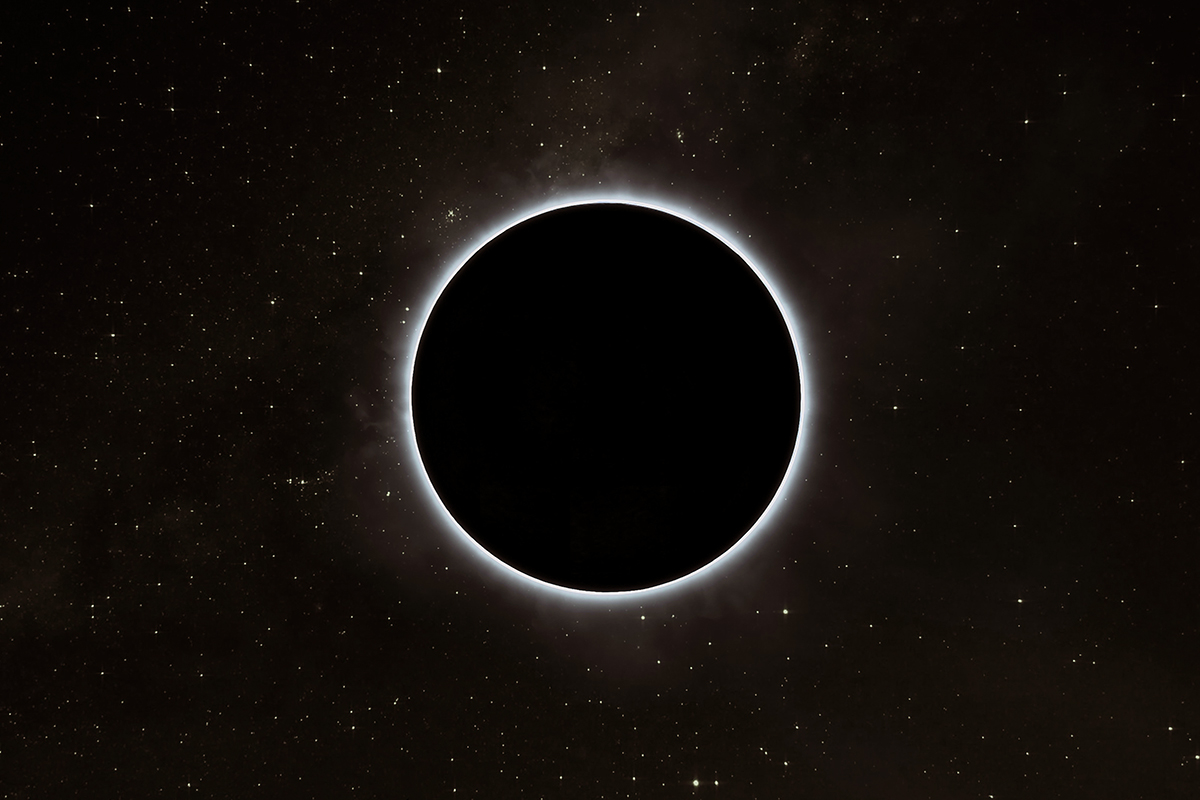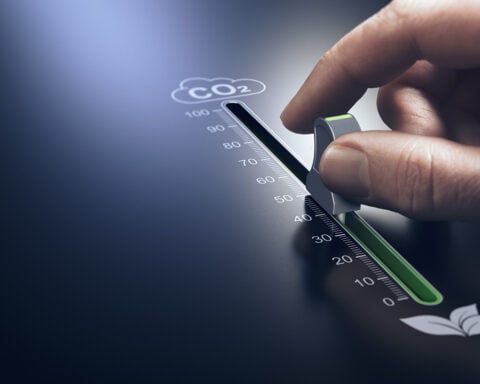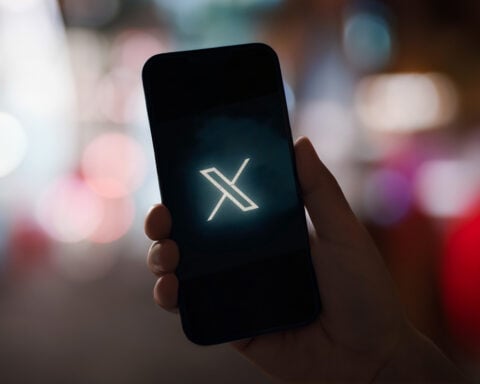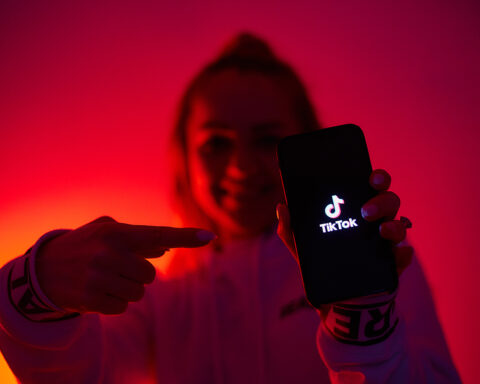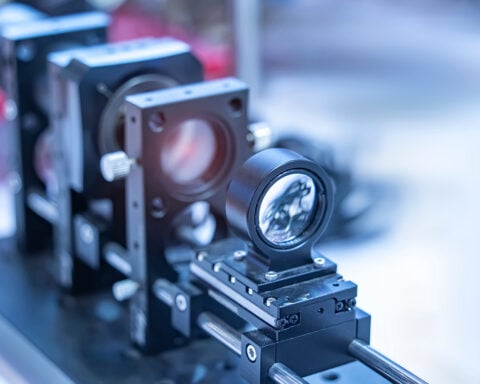In a groundbreaking approach, blind and visually impaired individuals will have the chance to perceive the awe-inspiring sight of a total solar eclipse on April 8, thanks to pioneering technology that transforms the visual event into an auditory and tactile experience.
At various public gatherings throughout North America, specially designed devices will be on hand to offer a unique way for those unable to see the eclipse to still engage with it. Developed by astronomers Wanda Diaz-Merced and Allyson Bieryla, the LightSound box will play a crucial role in this endeavor. This device translates the sun’s changing brightness into a musical composition, with high, airy flute notes representing bright sunlight, mid-range clarinet tones indicating the moon partially obstructing the sun, and a low clicking sound denoting darkness as the moon fully covers the sun.
Diaz-Merced, who is blind herself, has utilized similar technology in her astronomical research. The LightSound box underwent initial testing during the 2017 total solar eclipse in the U.S. and has since been enhanced for this year’s eclipse.
The Perkins Library, affiliated with the Perkins School for the Blind in Watertown, Massachusetts, will broadcast the eclipse’s sounds via Zoom, enabling members to listen in online or via telephone. This initiative seeks to broaden the eclipse’s accessibility, including for seniors experiencing vision loss due to aging.
In addition to the auditory experience, the eclipse will also be felt through touch, thanks to the Cadence tablet from Tactile Engineering. This device, resembling a cellphone in size, features rows of dots that rise and fall, allowing users to feel graphics and video clips. Students at the Indiana School for the Blind and Visually Impaired have integrated the tablet into their studies, with some having already experienced last October’s “ring of fire” eclipse using the device.
The Cadence tablet will be accessible at NASA’s major eclipse-viewing event at the Indianapolis Motor Speedway, where attendees like sophomore Jazmine Nelson and junior Minerva Pineda-Allen are excited to use it to sense the moon’s passage over the sun. Nelson expressed anticipation about “feeling like you’re a part of something,” while Pineda-Allen emphasized the exceptional nature of this event.
These technological advancements are revolutionizing how individuals, regardless of visual impairment, can engage with and appreciate the splendor of celestial phenomena like the total solar eclipse.


